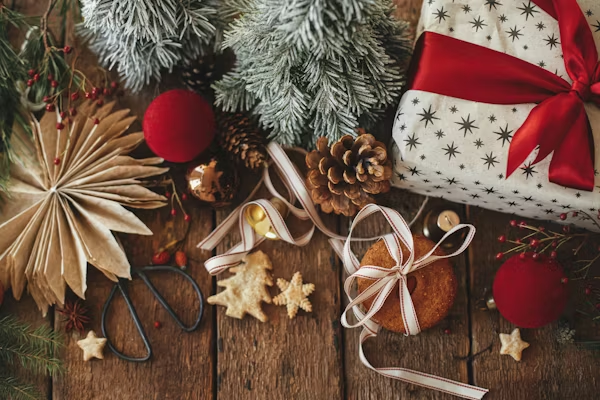Working in a heatwave: what should employers consider?
It is important to work safely in hot conditions. Certain workers may be adversely affected by the extreme heat, such as pregnant women and elderly employees. The heat can also impact public transport which can affect employees commuting into work.
The CIPD said that adopting flexible working arrangements including working from home could help keep employees comfortable and productive while working in a heatwave. The union body also said it wanted to see a change in the law so that employers must attempt to reduce temperatures if they get above 24 degrees celsius, and a requirement to stop work if indoor temperatures reach 30 degrees or 27 degrees for those doing strenuous jobs.
What should employers focus on now?
Ways of working should always fit around individual staff members’ needs and preferences”: some may prefer to use the office for the air conditioning, while others may need a later start time “to compensate for sleepless nights”.
Employers must stick to Health and Safety at Work Law which includes:
- Keeping the temperature at a comfortable level, also known as thermal discomfort
- Providing clean and fresh air
There are six basic factors which usually cause discomfort. Employees should talk to their employer if the workplace temperature isn’t comfortable. Read about what you can do to feel more comfortable.
One of the contributing factors to this is arguably the way the law on hot working environments works, with HSE guidelines stating that indoor temperatures must be “reasonable”. The ambiguity in this can be misinterpreted, but is designed to facilitate a varied to different working conditions. Read on below for some advice on dealing with hot weather at work, and when a workplace really is too hot to work in.
Vulnerable workers
Some workers may be more affected by the hot weather, such as older people, pregnant women or those on medication. Employers may wish to give them more rest breaks and make sure there’s enough ventilation by providing fans or portable air cooling units.
What can we do to control temperatures inside the workplace?
The most important tip to protect yourself from hot weather at work is to stay hydrated.
Indoors
- Flexible Working – such as working from home if possible
- Water Dispenser – 6-8 glasses of water a day
- Avoid Coffee (sorry) !
- Air Conditioning
- Desk Fans
- Frequent Breaks
What can we do to control temperatures working outside?
Working outdoors in strenuous conditions presents a much more present risk to your health, particularly in direct sunlight. Heat stress and exhaustion can quickly lead to heat stroke, a potentially deadly condition.
It’s important to work safely in these hot conditions. Whilst there’s no law for maximum working temperature, the temperature in our workplaces must be reasonable.
As an employer, you should make working in high and low temperatures a part of your risk assessment, and have a plan in place for when these conditions occur. For outside work, this may include:
- Flexible working practices; changes to shift patterns, reduced hours
- Bottled water (kept in ice boxes if possible)/Water Dispenser – 6-8 glasses of water a day
- Avoid Coffee (sorry) !
- Lightweight PPE
- Frequent Breaks
- Shady Area with a canopy (if possible)
- Sunglasses
- Sunscreen
How to stay cool while working from home in hot weather
- Keep Hydrated – 6 – 8 glasses a day
- Avoid Coffee (sorry) !
- Shut out the Sun
- Dress in cool clothing
- Freeze a ‘hot water bottle to put your feet on
- Build your own DIY aircon – Put a glass of ice water (or a bottle of water that you’ve frozen) in front of a fan, and then switch it on
- Open the windows after sundown
- Cool your pulse points – Get strategic with your ice packs and press them against the pulse point on your wrist, neck, chest, or temples
- Unplug your charger – this can give unwanted further heat
And finally… change your working hours (if possible)
If you’re working from home at the moment, consider asking your boss if you can adjust your hours. Start earlier (say 6am) to maximise productivity before the sun hits its highest point in the sky. If you aren’t an early bird then consider taking a leaf out of Spain’s book and adopt a ‘siesta’, taken in the early afternoon, to avoid the glaze of the midday sun, and working a little later to make up the time lost.
Care for heat exhaustion
If an employee is a victim of heat exhaustion, they should move to the shade, lie down and raise their legs slightly while being sprayed with cool water, making sure to stay hydrated. This is essential to avoid heatstroke, which can lead to serious complications.
If the symptoms worsen or last longer than 1 hour, it may be necessary to seek medical attention.
Care for heatstroke
Heatstroke requires emergency treatment as untreated it can damage the brain, heart, kidney and muscles. The damage worsens the longer treatment is delayed, increasing the risk of serious complications and even death.
The condition is life-threatening and emergency services should be called immediately. While waiting for the emergency services to arrive, the person should be moved to a cool environment, excess clothing removed and the person cooled with whatever means are available – by pouring cold water over the person or placing ice packs or cold wet towels to their body.
FREE ADVICE & GUIDANCE
Download your FREE HSE Guide – Heat Stress in the Workplace
Heat stress in the workplace: A brief guide INDG451 (hse.gov.uk)
You can use the HSE’s thermal comfort checklist to help identify whether or not there is a risk of thermal discomfort in your workplace
Thermal comfort checklist (hse.gov.uk)
Acas tips for employers to manage hot weather at work | Acas













